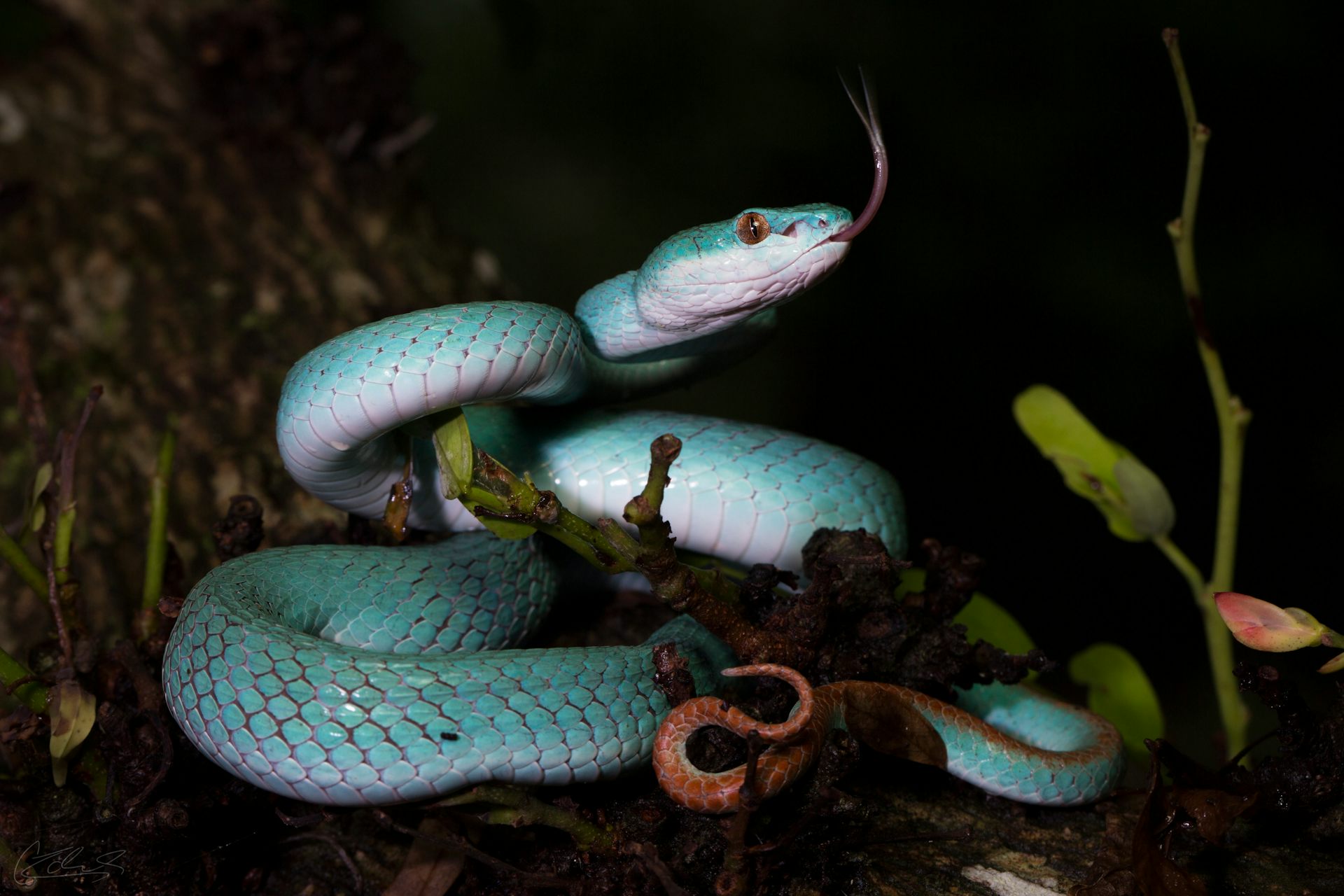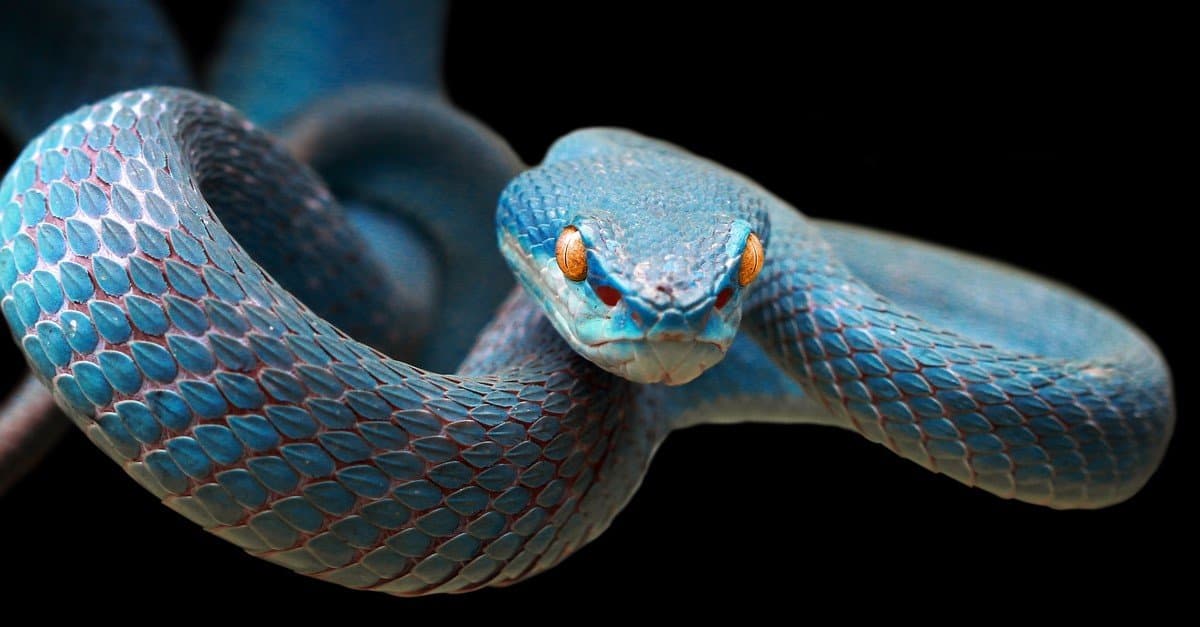Introduction
Australia is renowned for its distinct wildlife, consisting of a varied array of venomous snakes. These creatures, while usually feared, play essential functions in maintaining ecological equilibrium. Understanding the conservation of Australia's venomous serpents and the duty that education and recognition play can significantly boost our coexistence with these fascinating reptiles. This article checks out different elements of serpent preservation, the significance of public education and learning, and functional first aid measures for snake bites.
Conservation of Australia's Venomous Snakes: The Role of Education And Learning and Awareness
In Australia, serpents are an essential part of the ecological community, regulating bug populations and contributing to biodiversity. Nevertheless, lots of types face threats as a result of habitat loss, environment modification, and human activity. The preservation efforts focused on shielding these reptiles hinge substantially on education and learning and raising recognition amongst the public.
By educating individuals regarding serpent habits, their ecological significance, and secure techniques for cohabiting with them, we can reduce fear-driven actions that cause unneeded killings or injuries. Educational First aid for snake bites initiatives help eliminate misconceptions surrounding snakes-- such as the common question: are tiger snakes venomous?-- and motivate respect for their duty in nature.
The Value of Understanding Programs
Awareness programs are vital in changing public perceptions concerning serpents. Several people watch these reptiles as naturally dangerous without recognizing their environmental duties. Public outreach efforts can include workshops, community occasions, college programs, and info projects developed to enlighten people about:

- Identification of poisonous species: Understanding which snakes are dangerous aids people prevent encounters. Safe behaviors: Mentor people how to act around snakes can prevent bites. First help knowledge: In instances where attacks do occur, being educated regarding first aid for snake bites can conserve lives.
By boosting awareness through structured education efforts, we can foster a society that respects wildlife and concentrates on conjunction rather than fear.
Types of Venomous Snakes Established In Australia
Australia is home to several of the globe's most poisonous snakes. Here's a brief summary:
Tiger Snake (Notechis scutatus)- Commonly found in seaside regions. Known for its potent neurotoxic venom. Frequently seen near water bodies.
- Highly aggressive with powerful venom. Responsible for even more snakebite fatalities than any kind of various other types in Australia.
- Known for its ambush hunting style. Has swift striking rate with highly neurotoxic venom.
- One of Australia's biggest venomous snakes. Its attack can provide big quantities of neurotoxin.
- Generally non-aggressive but still possesses unsafe venom. Found mostly along the southwestern coast.
Understanding Their Habitats
Understanding tiger serpent habitat is necessary for both conservation initiatives and public safety. Tiger serpents thrive in locations near to water sources such as swamps, lakes, and marshes however they also inhabit seaside regions. Securing these habitats is important for making certain the survival of not only tiger serpents but likewise various other wildlife within these ecosystems.

Habitat Security Initiatives
Various organizations function towards environment security through campaigns such as:
- Establishing protected areas Restoring broke down habitats Promoting sustainable land usage practices
These measures not just benefit tiger snakes yet contribute to general biodiversity conservation.
The Role of Research study in Conservation Efforts
Research plays a crucial role in understanding snake populations and their health status. Continuous studies right into the ecology and behavior of Australian serpents educate conservation Brown snake strategies by offering information on populace numbers, breeding patterns, and threats faced by various species.
Key Study Locations Include:
- Venom analysis Population dynamics Habitat preferences
This research study can direct efficient administration strategies to protect at risk types while promoting coexistence with humans.
First Help for Serpent Bites: Necessary Knowledge
One vital aspect that links with education and learning is recognizing what to do in situation one suffers from a serpent attack-- a scenario that demands prompt action skills.
What Every Emergency treatment Set Should Contain
An appropriate snake bite first aid set must consist of:
- Compression bandages Sterile gauze pads Antiseptic wipes A splint or immobilization device Emergency contact numbers
Step-by-Step Emergency treatment Therapy for Snake Bite
Remain calmness; attempt to restrict movement as it might spread poison quickly. Apply a compression plaster over the bite site without cutting off circulation. Keep the bitten arm or leg debilitated at or listed below heart level. Seek emergency situation clinical aid immediately.Why Education and learning on Emergency treatment Is Crucial
Educating communities about first aid procedures guarantees timely actions throughout emergencies which can significantly lower morbidity related to serpent bites across Australia.

Frequently Asked Concerns (Frequently asked questions)
1. Are tiger serpents venomous?
Yes! Tiger serpents are highly venomous with neurotoxic results which make timely medical therapy vital after a bite.
2. What must I do if attacked by a child tiger snake?
Follow standard emergency treatment treatments quickly-- keep calm, paralyze the arm or leg, use pressure over the bite website using a plaster or fabric without limiting blood circulation-- and seek medical aid without delay.
3. Exactly how typical are serpent attacks in Australia?
While stats differ year-to-year as a result of factors like weather conditions influencing serpent tasks; average records recommend around 300 situations every year with deaths being relatively uncommon as a result of better medical responses.
4. Can I treat a snake bite at home?
No! Home treatments such as applying ice or drawing out poison are inefficient; professional medical focus is needed after any thought bite incident.
5. What's special about eastern brownish snakes?
They're understood for their aggressive nature incorporated with potent venom; they make up the majority of deadly attacks in Australia due largely to their distance to populated areas!
6. What are some common indications adhering to a serpent bite?
Symptoms may consist of swelling around the bite area, Behavior of venomous snakes discomfort at or near the site; systemic signs and symptoms might entail nausea or vomiting or problem breathing depending upon toxic substance type absorbed right into bloodstream!
Conclusion
Conservation efforts surrounding Australian venemous serpents hinge on efficient educational approaches that encourage communities while promoting regard towards these often-misunderstood creatures! By improving recognition concerning their ecological relevance together with proper security procedures-- including emergency treatment expertise-- we pave roadways toward sustainable conjunction benefiting both people & & wildlife alike!
In significance-- the conversation bordering preservation should proceed thriving through aggressive involvement weding clinical study alongside community involvement ensuring meaningful effect today & & tomorrow!